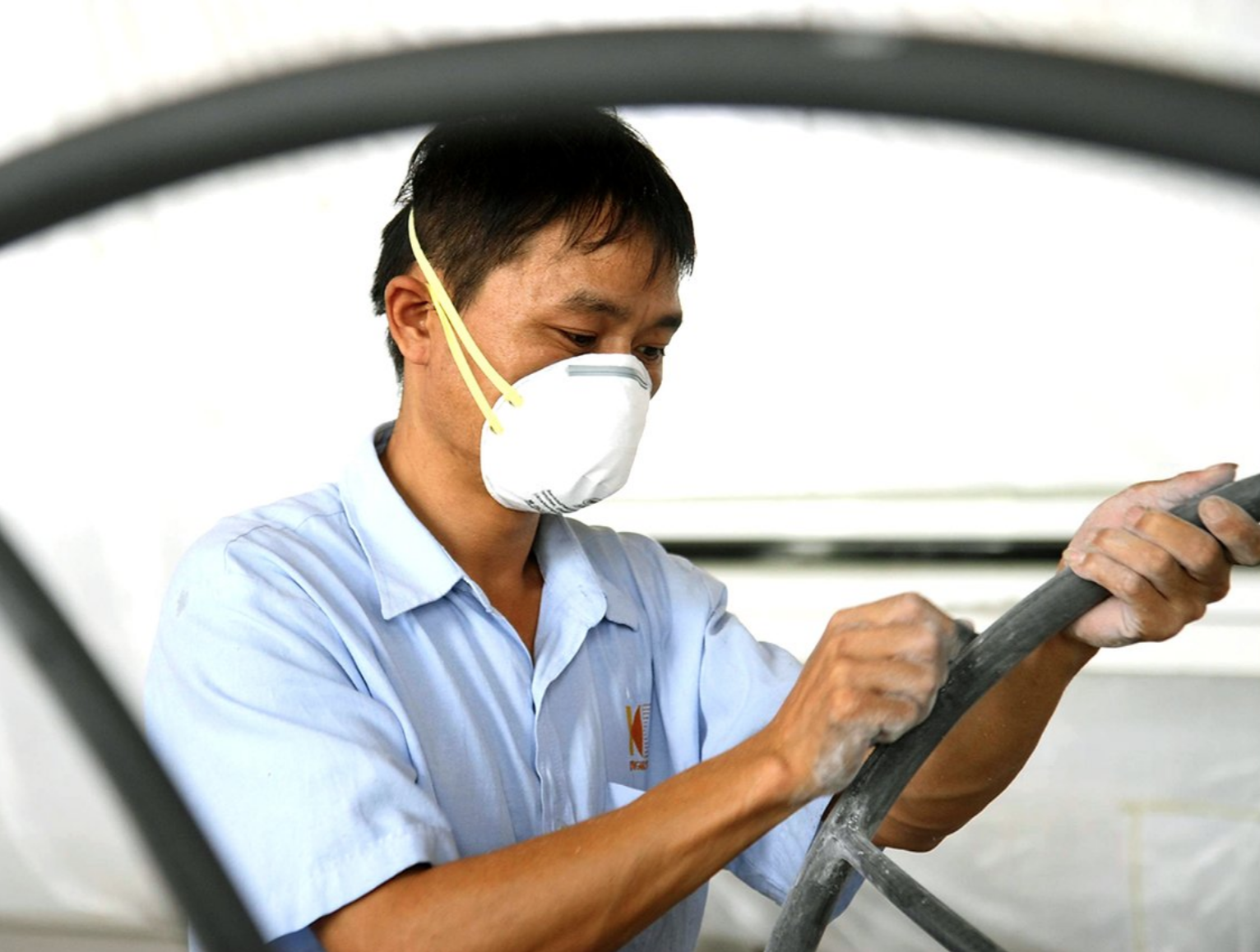
ABOUT
MC38 AUSTRALIA
The Australian MC38 class is extremely active and draws the best owners and crew to regular weekend series on Pittwater and Sydney Harbour, plus an annual national championship. The MC38 raises high performance one design yacht racing to a new level.
Designed by four-time America’s Cup designer Harry Dunning, the MC38 delivers high performance racing in a One Design Class. Designed for international, inter-state or inter-club racing, the MC38 has a removable Carbon keel-fin for ease of transport.
McConaghy build and finish quality ensure strong, fast and identical boats for maximum racing, without the need for maximum crew.
MC38 SPECIFICATIONS
Hull: 38ft
LOA: 11.35m
Beam: 3.5m
Draft: 2.8m
Displacement: 3,200kg
SAIL INFODesigned Crew Weight: 600kg
Bulb: 1600kg
ISO Structural: Cat A









MC38 TECHNOLOGY
Innovation, R&D, and advancing composite technology has been in the DNA of McConaghy since the beginning.
We are constantly innovating, testing and improving our techniques, applying composite technology to new fields as well as refining the production, mechanical properties, and minimizing weight of composites in existing applications.
Maintaining a keen focus on research and development, which now extends to non-marine applications, we have has assembled a team of in-house experts covering all facets of composite building to create a company with unique capabilities.
The benefits of composites+ High Strength - Composite materials can be designed to meet the specific strength requirements of an application. A distinct advantage of composites, over other materials, is the ability to use many combinations of resins & reinforcements, & therefore custom tailor the mechanical & physical properties of a structure.
+ Lightweight - Composites offer materials that can be designed for both lightweight & high strength. In fact, composites are used to produce the highest strength to weight ratio structures known to man.
+ Corrosion Resistance - Composites provide long-term resistance to severe chemical & temperature environments. Composites are the material of choice for outdoor exposure, chemical handling applications & severe environment service.
+ Design Flexibility - Composites have an advantage over other materials because they can be moulded into complex shapes at relatively low cost. The flexibility offers designers a freedom, which is a hallmark of composite achievement.
+ Durability - Composite structures have a exceedingly long life span and exceptional fatigue properties. Coupled with low maintenance requirements, the longevity of composites is a benefit in critical applications. In a half-century of composite development, well-designed composite structures have yet to wear-out.









